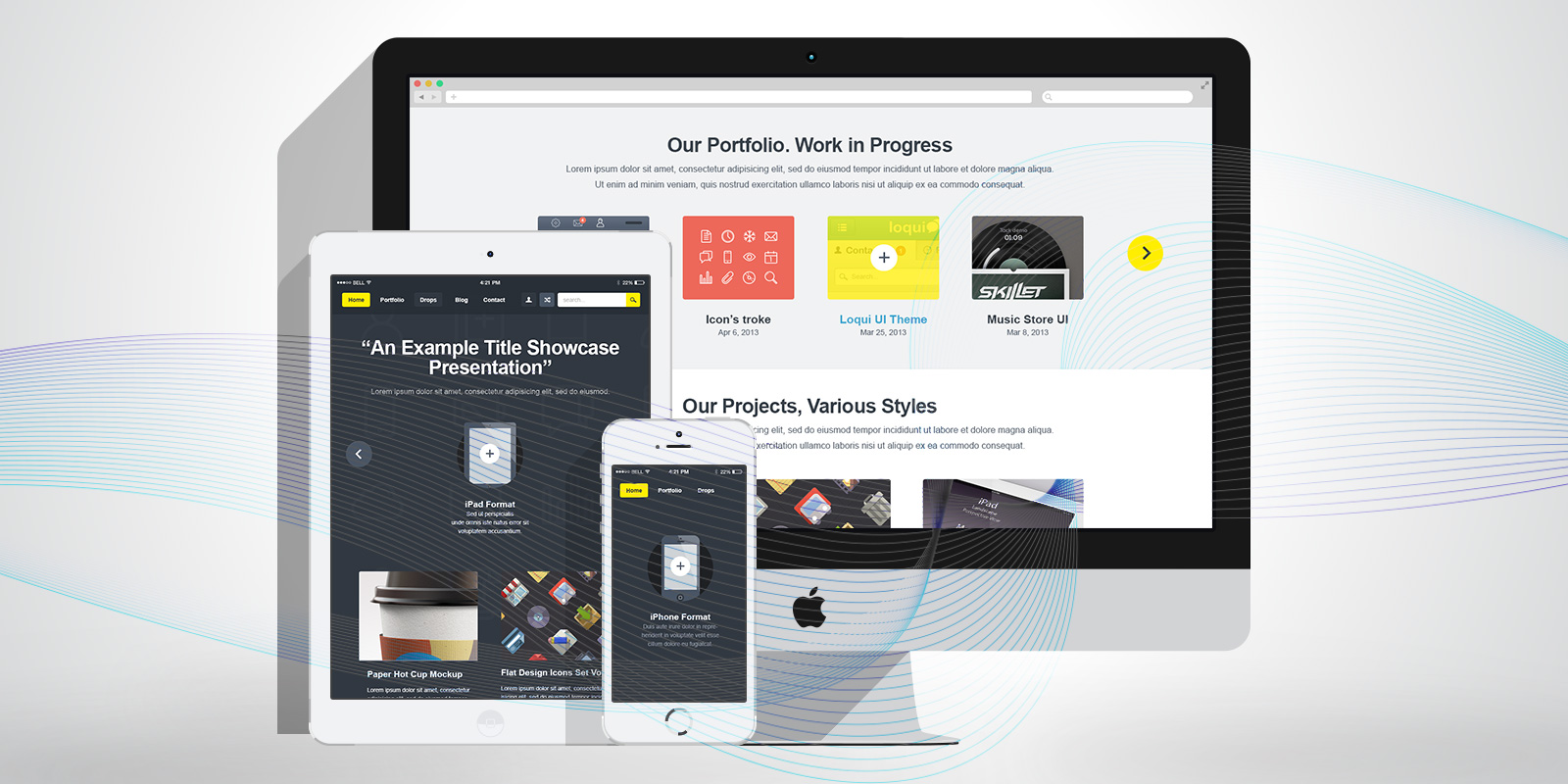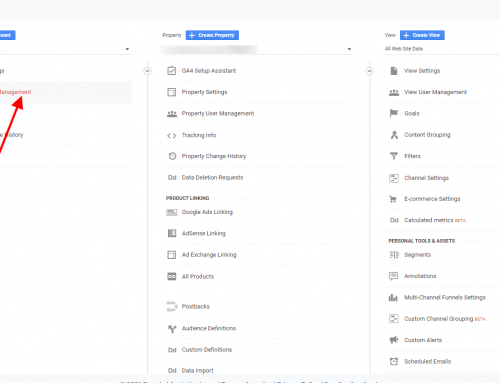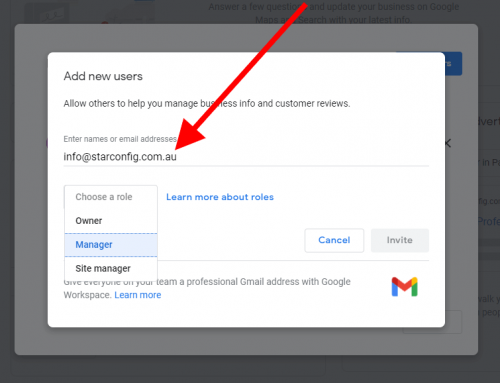Irrespective of whether you need a new site or update an existing one, the fact remains that the design of the website is one of its most crucial elements. Just as a website is critical to your online business, the web design is vital to your site. The process of creating a site can be broken up into 7 phases. Understanding these stages will only help you get the most out of it.
Phase 1: Analysis
The creation of all good websites starts with an understanding of the clients and their requirements. We start by gaining an in-depth idea of the website purpose. We identify the goals of the site along with the audience it is going to target. After gathering the necessary information, we analyse it to get the data we need for the next phases.
- Website Purpose
- Website Goals
- Target Audience
Phase 2: Planning
The planning phase involves collating the data gathered to develop the basic blueprint of the website. The sitemap is developed in this phase along with the structure of the website. The technologies that will be used in the development and design of the site will also be determined in this phase.
- Sitemap
- Website Page Structure
- Technology which will use to develop website
Phase 3: Website Design
This phase starts off with the development of the wireframe models. The visual style is planned out and incorporated to ensure an aesthetically pleasing appearance of the site. However, focus is also given on the usability of the site so as to simplify the user interface and make it intuitive. Effort is taken to ensure the best possible overall user experience as well.
- Wireframe Models
- Visual Styles and Colours
- Usability of the user interface
Phase 4: Website Content
The usefulness of a site greatly depends on the content it provides. As a result, copywriters are brought into the project to develop content for the various pages of the site. Care is taken to ensure that the content is not unique and original but also provides something of value to the visitor. Along with the text, photos and videos are also incorporated to enhance the visitor’s experience. All content undergoes optimisation not only for SEO but also for the readers.
- Copywriting Original and Unique Page content
- Photos and Videos of Business or Services
- Offsite Search Engine Optimisation (SEO)
Phase 5: Website Development
This is the phase in which the site is finally developed with the chosen technologies such as HTML and CSS. Databases and other essentials of the site are created as per requirements. Finally, responsive design is incorporated to ensure a seamless experience for mobile users.
- Develop Content Management DYI Website
- html/css coding
- Responsive design and make website accessible to mobile and tablet devices
Phase 6: Testing
Once the site is completed, it undergoes rigorous testing. Apart from technical testing, the site’s compatibility with various browsers is tested so that everyone can access and view the site as intended. Finally, it is checked if the site fulfils the purposes for which it was designed.
- Browser compatibility
Phase 7: Deployment
Once the site has been tested and errors rectified, it is deployed. Visitors start pouring in. However, the site may still need further work post-deployment. It is monitored for any bugs and issues that affect its usability or experience. The site is maintained and regular updates pushed so that the issues are rectified as and when they crop up.
- Monitoring
- Website Maintenance and Updates
These phases take into account the complete lifecycle of a website enabling you to enjoy your peace of mind. Your site will be able to keep your visitors coming in and transform them into paying customers.






